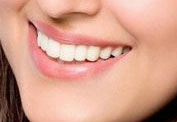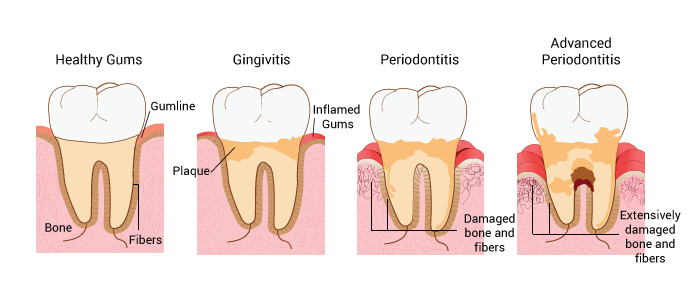Dentistry
Dentistry is a specialized branch of medicine that deals with the study, diagnosis, prevention and treatment of diseases and conditions of the oral cavity (mouth with all structures within including teeth, gums, tongue, etc.). As per World Health Organization (WHO), it is appropriately defined as the ‘art and science’ of preventing, diagnosing and treating diseases, injuries and malformations of the teeth, jaws and mouth. It is really an art as well as science which makes smiles better while also treating many diseases.
 Dentistry
DentistryA dentist is a medical professional who aims to improve the quality of lives by preventing and treating oral diseases and conditions. The dentist's supporting team is also very important, and it aids in providing oral health services and also handling many procedures apart from assisting the dentist. It includes dental assistants, dental hygienists, dental technicians, and in some states, dental therapists.
Meet Dr. Motii, an Houston family dentist specialized in cosmetic dentistry offering Implants, Crowns, Invisalign, Teeth Straightening & Whitening and Veneers.
The dentists achieve the above by:
- Promoting good oral health practices and educating people about them
- Patient education
- Diagnosing dental diseases and conditions including dental decay, gum diseases, etc.
- They may also diagnose some general conditions by just looking at oral cavity, because some diseases and conditions have oral manifestations
- Providing preventive dental and oral care, like restoring slightly decayed teeth, covering them with thin layer of restorative materials, providing treatments to prevent further problems by cleaning, scaling, root planning, application of fluoride, etc.
- Prescribing appropriate medicines to treat some oral diseases, to prevent or allay infections, and for all three prophylactic, preventive and promotive purposes
- Treating and restoring decayed teeth by appropriate materials
- Replacing lost teeth by implants, dentures, partial dentures, etc.
- Treating other conditions of mouth, related structures and even jaw
- Also undertaking some surgical procedures, most common of them being tooth extraction
- Providing orthodontic treatment to adjust and correct mal-aligned teeth
- And many other functions as per further specialization.
Gum and Periodontal Diseases
- Details
- Hits: 2595
Gum disease is caused mostly as a result of poor oral hygiene, among other reasons. Gum disease is an inflammation of the gums, and it may extend to the bone surrounding and supporting the teeth. This inflammation reaching the bone damages it irreversibly, and this stage is known as periodontitis (commonly called pyorrhoea). There are two main stages of the gum disease, and if it is not addressed and treated in time, it may lead to tooth loss.
Stages of gum disease:Gingivitis:
It is the inflammation of gum tissue around a tooth, usually caused by the dental plaque formed close to the gumline. If the plaque is not removed and if it accumulates, the bacteria present in it produce toxins, which may irritate the gum tissue causing it to swell, become red and even bleed easily.
 Periodontitis:
Periodontitis:
If gingivitis is left untreated, the inflammation reaches and affects the bone and the surrounding tissue. Pockets may be formed between the tooth surface and gum or surrounding tissue, resulting in loosening of the teeth from the supporting bone. If the pockets increase in depth, or if the tooth becomes loose, it may result in tooth loss eventually, or in a condition where a dentist has to remove the tooth. Apart from this, advanced stages of gum and periodontal inflammation may even require surgical procedures.
Symptoms of gum diseases:- Redness and swelling in gums
- Bleeding from gums during brushing
- Gums that have separated from the surfaces of teeth
- Pus or a white discharge from gums
- Constant bad breath
- Loosening of teeth from the gums
- Mobility of teeth.
The best way to prevent gum disease is to prevent plaque formation and maintain good oral hygiene. This may be done by:
- Thorough brushing twice a day,
- Flossing daily to reach the area between tooth surfaces
- Avoiding sticky food
- Seeing a dentist regularly and getting professional teeth cleaning done.
The gum disease can be treated in early stages by maintaining good oral hygiene. It can also be treated by professional plaque and tartar removal, by procedures called scaling and root planing. If the infection has reached advanced stages, the treatment may require extensive gum regenerating and/ or surgical procedures.
Dr. Darlington – Kids & Childrens Dentist in KatyDentistry

Health Professional's Negligence
Records of published articles in the newspapers helps common people about precautions to be taken while seeking the services from health professionals and also helps health professionals to rectify the negligence.read more…





